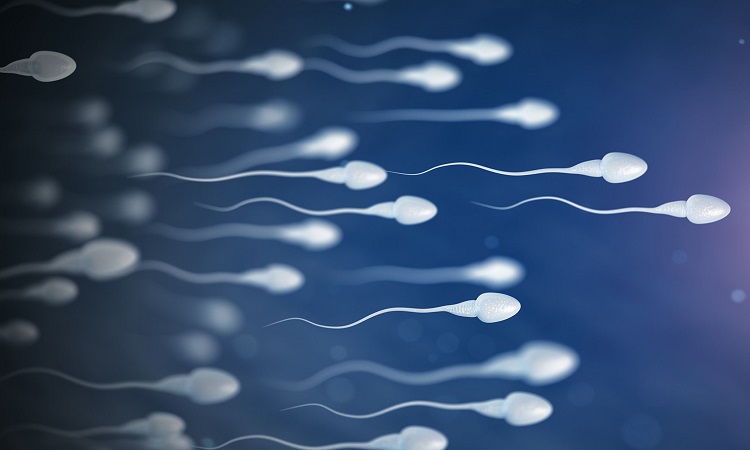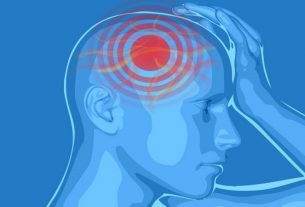They inject specific proteins into the testes to increase sperm production and treat male infertility, as a (successful) study in mice has promised.
In France, around one in eight couples consult because of difficulty conceiving a child. In three-quarters of cases, it is a question of infertility of male or female origin or associated with both sexes. In men, abnormalities in spermatogenesis (the process of producing sperm) are by far the most common cause of infertility. Among them stands out oligospermia, characterized by a lack of sperm production (less than thirty million / ml).
Based on this observation, researchers at Seoul National University have developed a way to reactivate this production of sperm. Initial trials in mice have proven to be very conclusive. Previously infertile males have indeed rapidly produced offspring at a rate similar to that of unaffected mice. Details of this work are published in the journal ACS Nano.
Restore the blood-test barrier
Similar to the blood-brain barrier that protects the brain, the blood-test barrier protects the cells that produce sperm by isolating them from toxic substances that can evolve in blood cells. If this barrier is damaged, then sperm production can be affected.
Experts know that a certain protein called PIN1 plays a key role in developing this blood test barrier. As part of this work, the researchers looked for a way to increase this protein’s levels in the testes to “rebuild” it.
The researchers integrated these proteins into nanoparticles of silk fibroins coated with lipids. These were then injected directly into the testes of male mice specially bred to lack PIN1 proteins. In other words, they were mice whose testes had shrunk and whose sperm production was not sufficient.
Infertility restored
As a result, the affected subjects’ testicles eventually grew to normal size and weight. Their sperm count also improved, although it was still around 50% lower than that of “healthy” mice. However, it didn’t seem to affect their fertility. During the following months, the mice treated with nanoparticles succeeded in producing almost the same number of mice as their congeners.
On the other hand, the infertile mice in a control group, which did not benefit from the treatment, obviously remained infertile.
Of course, it is too early to know if this kind of approach could also work for humans. In-depth studies will still be needed in animal models before considering the first clinical trials.




